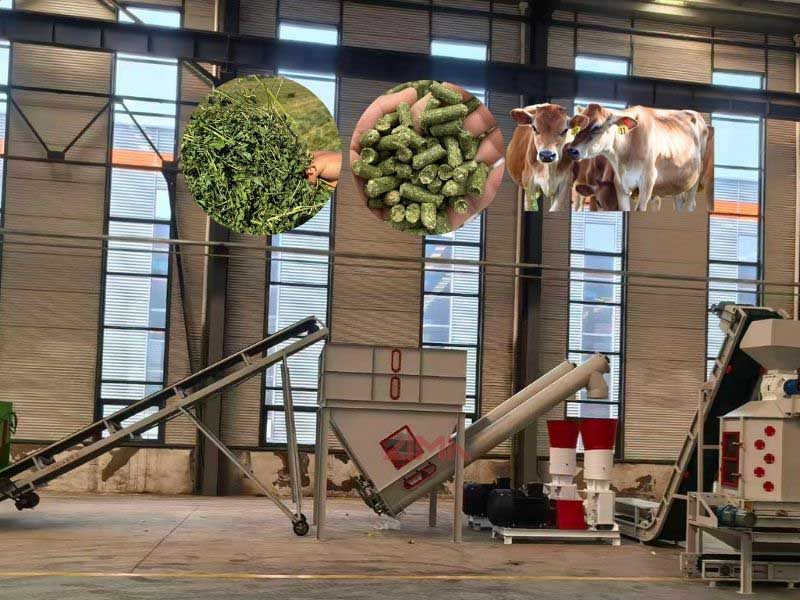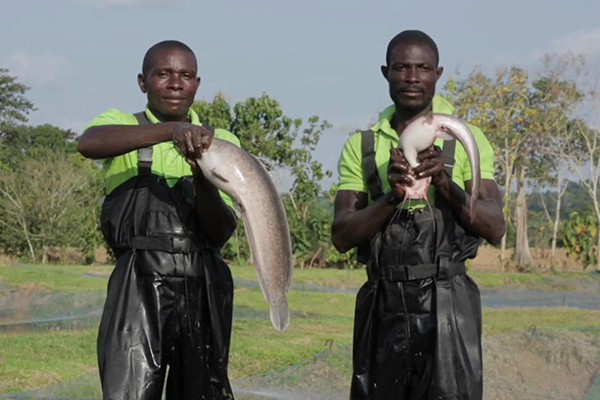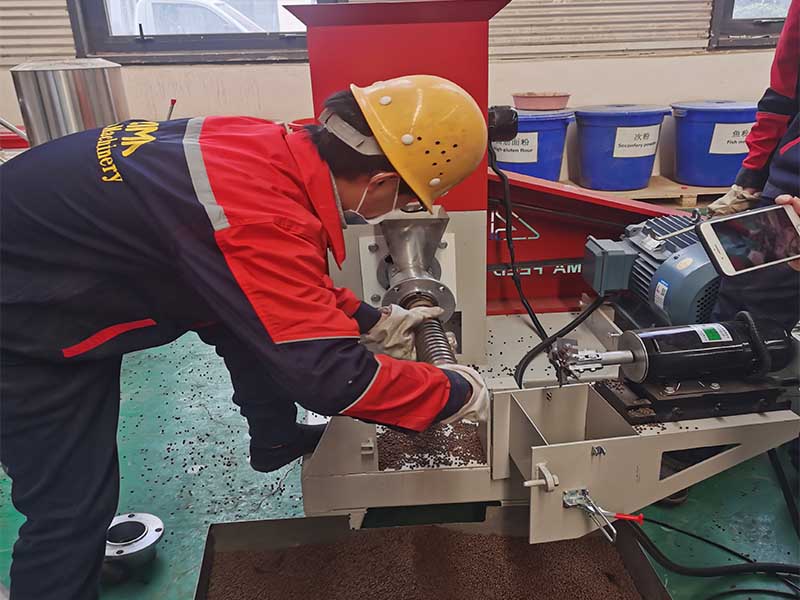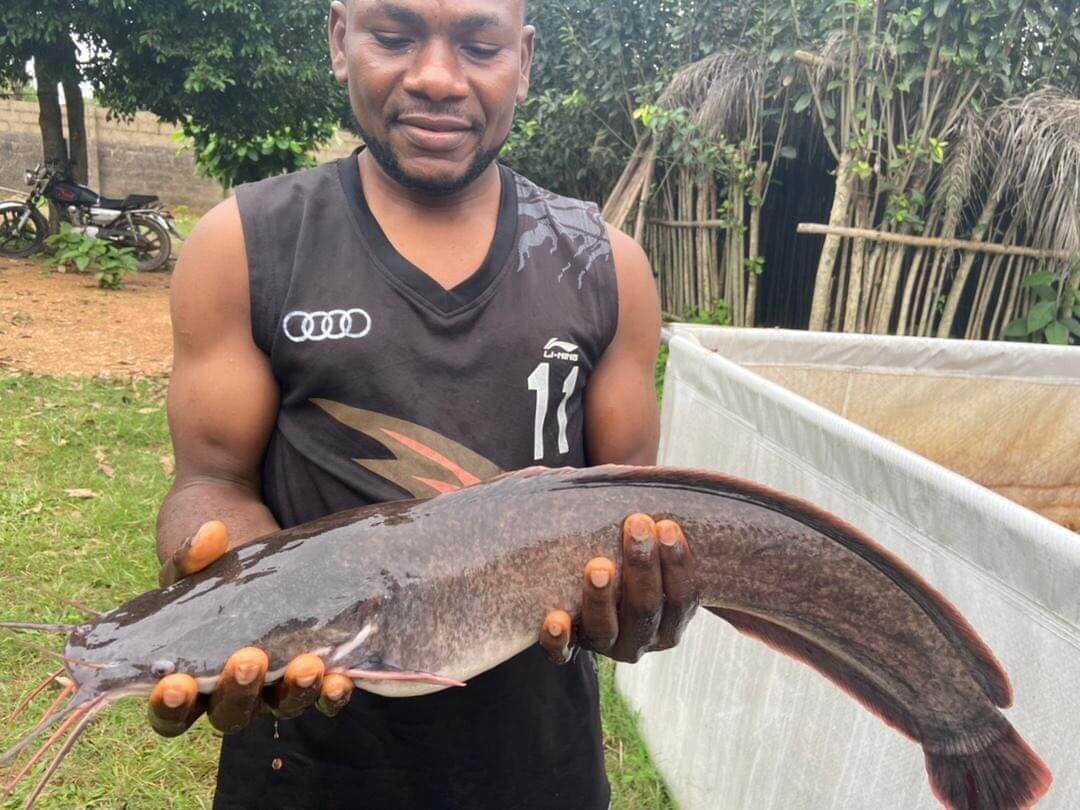What Are The Raw Materials For Floating Fish Feed?
For farm aquaculturists. The quality of floating fish feed is very important, and how to choose the right floating fish feed for your fish is a very important topic. Being able to choose the right floating fish feed for your own fish can improve the growth rate and quality of the fish on the aquaculturist’s farm, and greatly improve the income of the farm. However, if you choose the wrong feed unfortunately, it will affect the growth rate of the fish, and even cause fish serious cases. group diseases, resulting in very large losses. The quality and nutritional value of fish feed depend to a large extent on the formula and raw materials of floating fish feed, as well as the process and feed extruder machinery of fish feed.
First of all, I will introduce the formulas of commonly used floating fish feed ingredients, so that everyone can know more about what their fish eat. The Raw materials for processing floating fish feed usually include:
1.Protein
The protein requirements for the same fish may differ. Protein is the most expensive ingredient in most types of fish feed. The source of protein is usually fishmeal made from other fish. Other sources of protein include legumes such as soybeans.
2.Lipids
Lipids or fats usually make up about 10-15% of the feed. For herbivorous fish, the typical range is 3-5%.
The source of lipids is usually fish oil. This oil is extracted from other fish such as sardines. Fish oil alternatives include vegetable oils derived from canola and sunflower
3.Carbohydrate
Carbohydrates are an economical source of energy for fish. Helps reduce feed costs. Especially for feeds designed to float, it can be used as a binder in the production of feeds. Carbohydrates make up 20-30% of many commercial feeds.
The carbohydrates in fish feed are economical, but some fish cannot tolerate large amounts of carbohydrates. All fish have different levels of carbohydrate digestive enzymes. If the carbohydrate concentration is too high, the fish will show signs of poor health. For example, some fish do not produce excess fat in the liver. In general, monosaccharides or d-saccharides are used more often than polysaccharides. Cooking starch during the manufacturing process makes it biologically accessible to fish.
Species such as catfish and tilapia in Africa have been shown to utilize carbohydrates better than other fish. In general, carnivorous and fry do not digest carbohydrates more efficiently than omnivorous and herbivorous fish.
4.Vitamins
Vitamins are organic compounds needed for fish growth and health. The main vitamins in fish include A, B1, B2, B3, B5, B6, B12, biotin, C, choline, D3, E, folic acid, inositol and K.
However, many vitamins are not stable in processed feeds for long periods of time, and oxidation can cause the vitamins to break down rapidly.
5.Minerals
Minerals are the inorganic elements needed for fish to function. Minerals are needed for the maintenance of cells, the immune system and bones. The main minerals needed for fish are calcium and phosphorus. You also need small amounts of sodium, magnesium, iron, iodine, chlorine, copper, potassium, sulfur and zinc.Fortunately, minerals have a longer shelf life than vitamins.
6.Binding Agent
Binders provide water stability to the feed. Usually, the required amount is a small amount less than 1%. Guar gum and carboxymethyl cellulose are commonly used binders.
7.Attractants
Attractants are often added to the fish feed to make it more delicious. Common sources of attractants are hydrolysates and concentrated fish solubilizers.
These ingredients can be added in different proportions to meet the needs of different fish species. Fish at different stages of growth also require different ingredients in different proportions. In general, carnivorous fish, fry, and fry require higher protein content.
In addition to the raw materials of the fish feed formula, the floating fish feeds process and fish feed extruder machine will also greatly affect the quality of the floating fish feed pellets. High-quality floating fish feed pellets are usually made by wet way fish feed extruders machines. Contact us to teach you how to choose the suitable types of fish feed extruder machine!
Back to List
-
.jpg) 2025-12-04Nigeria’s Broiler Feed Production: Opportunities, Challenges & Smart Equipment Solutions
2025-12-04Nigeria’s Broiler Feed Production: Opportunities, Challenges & Smart Equipment Solutions -
 2025-10-211~2ton/h Cattle Feed Production Line 50% Grass formula Poultry Feed Mill Plant
2025-10-211~2ton/h Cattle Feed Production Line 50% Grass formula Poultry Feed Mill Plant -
 2022-12-09Trace Elements in Floating Fish Feed and Their Importance
2022-12-09Trace Elements in Floating Fish Feed and Their Importance -
 2022-10-18Problems And Solution Of Floating Fish Feed Making Process?
2022-10-18Problems And Solution Of Floating Fish Feed Making Process? -
 2022-09-30At what stage does catfish start growing faster?
2022-09-30At what stage does catfish start growing faster?

